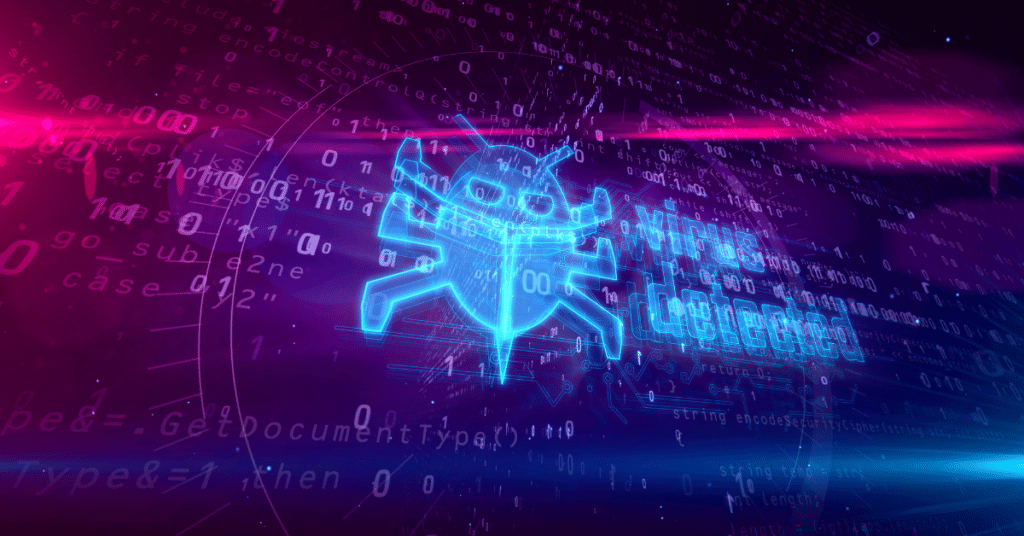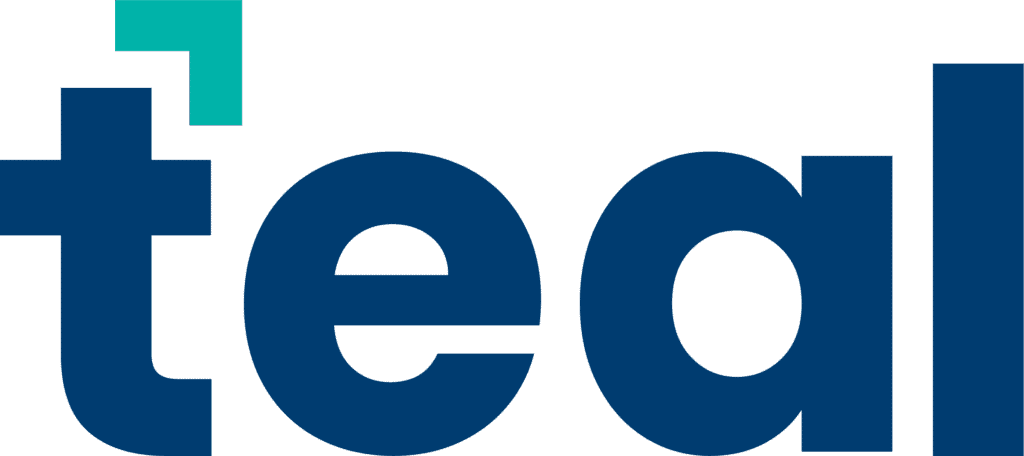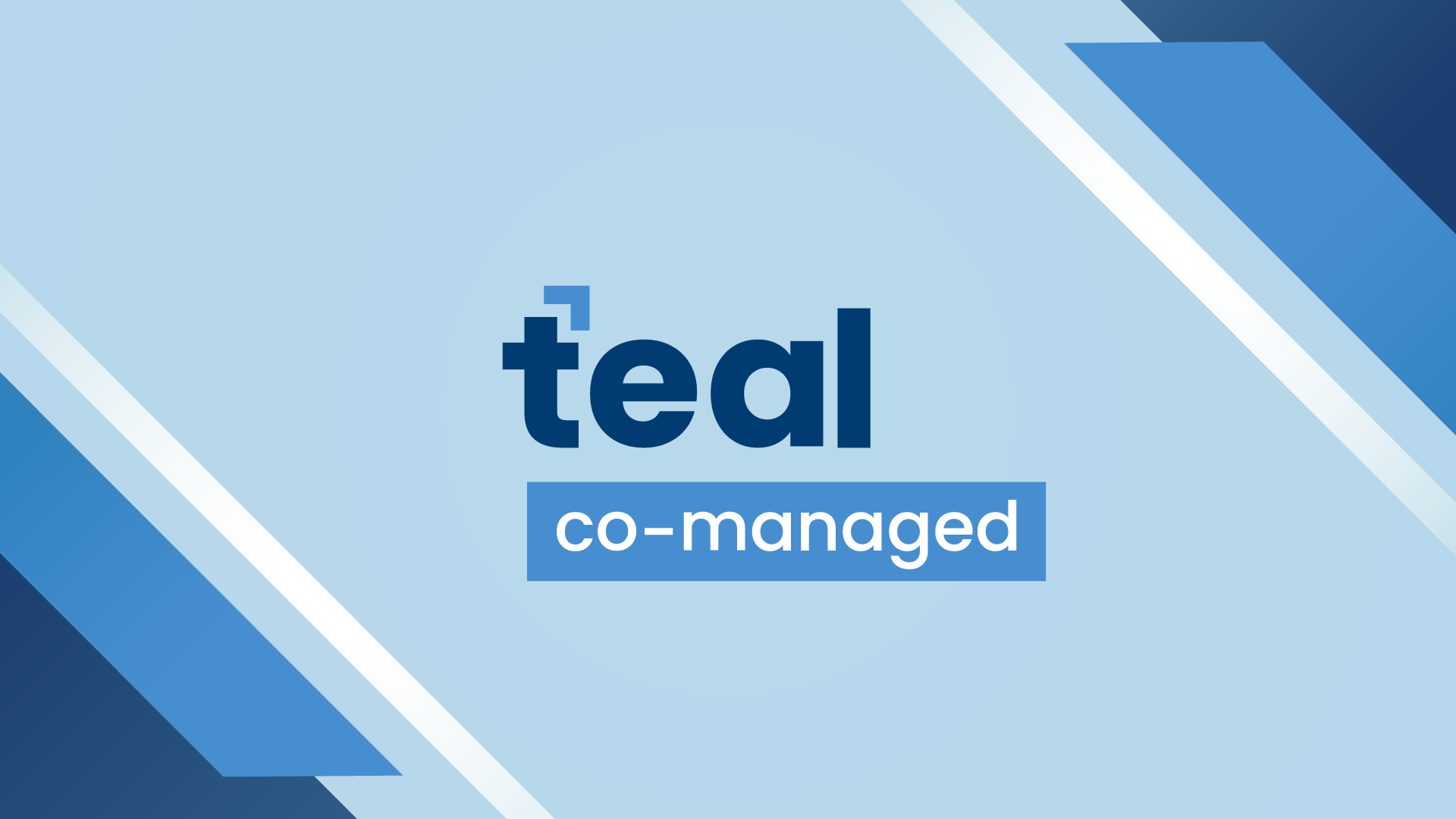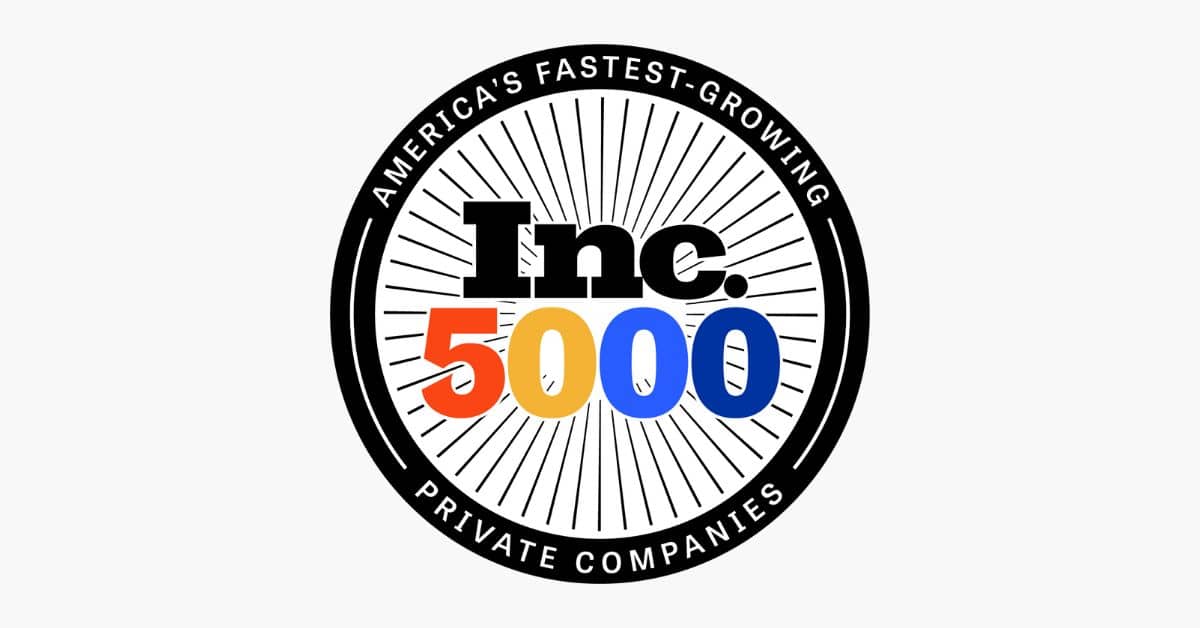A compliance culture means adopting the right mindset. It goes beyond ticking boxes or following rules. At its heart, it’s about protecting your organization from the serious risks of non-compliance, such as:
Fines and legal action
Loss of revenue
Damage to customer trust
Because these risks are so severe, building a compliance culture should be a top priority. To make it easier, we’ve put together practical tips to help you create and sustain one in your organization.
9 Steps to an Effective Compliance Culture
1. Understand Your Compliance Requirements
According to the State of Information Security report, almost 60% of organizations can’t keep up with regulatory change. This is a challenge that makes compliance with security best practices very difficult.
However, if your business has a compliance team, it will help your organization stay current with legal and regulatory demands.
💡 Pro Tip: If you don’t have the resources to build an in-house team, consider outsourcing your compliance.
This will give you access to all the knowledge and technology you need to meet complex requirements without a large investment.
2. Secure Top-level Commitment
Executives are statistically more likely to ignore cybersecurity policies than regular employees. If your leadership team won’t follow the standards, creating a security culture among your staff becomes nearly impossible.
That’s why top-level commitment is essential from the very beginning of your compliance journey. In fact, the FTC requires senior officers to provide annual compliance certifications to reinforce accountability.

3. Put in Place Effective Controls
Cybersecurity controls are the various measures organizations put in place to detect and prevent security incidents. Examples include:
- Antivirus software
- Firewalls
- Intrusion prevention systems
- Email and web filtering solutions
- Advanced encryption
- And more
Every organization has different needs and faces slightly different threats. So, it’s essential to avoid one-size-fits-all cybersecurity solutions.
These types of solutions are unlikely to deliver the level of protection needed to stop modern cybercriminals. Instead, they may provide a very dangerous illusion of protection.
4. Compliance Starts from the Top Down
A strong compliance culture begins with leadership. Senior leaders set the tone for the organization by:
- Regularly communicating the company’s compliance policies in clear, understandable terms.
- Demonstrating their understanding of and adherence to policies, showing that the rules apply across the board.
- Encouraging open communication, where employees feel comfortable discussing compliance concerns and seeking guidance.
Leaders set the stage for the rest of the organization to follow suit by being the first and most enthusiastic adopters of compliance practices.

5. Educate Your Employees
Technology alone can’t guarantee compliance. Employees must understand how their actions can lead to data breaches. That’s why regular security awareness training is a critical part of every compliance program.
Training should cover a variety of security topics to reduce risks and prevent incidents. For smaller organizations, outsourcing to a provider such as KnowBe4 can deliver expert training while allowing your team to stay focused on core business activities.
6. Incentivize Cybersecurity Compliance
Compliance shouldn’t feel like a burden. To keep employees motivated, give them a reason to follow security policies and best practices.
Example
Link compliance to compensation by including it in annual performance reviews. To make this fair, ensure you have clear policies and reporting channels in place for reporting non-compliance.

7. Address Violations
Compliance violations should be handled quickly and fairly. Consequences need to match the severity and frequency of the issue.
Examples
Minor violations (especially first-time offenses) may only require a warning or additional training.
Serious or repeated violations should result in stronger consequences to reinforce accountability.
8. Harness the Power of Modern Technology
Documenting, tracking, and reporting compliance activities can be time-consuming. Modern technology can ease this burden when used effectively.
Yet, many organizations don’t realize how many compliance solutions are already available to them.
These compliance solutions will:
- Centralize and streamline the process of managing, monitoring, and reporting on compliance activities.
- Automate repetitive tasks, such as routing documents for review or obtaining approvals.
- Deliver customized, engaging, and up-to-date compliance training to employees.
- Provide insights into employees’ compliance performance and reveal potential areas for improvement.
By adopting the right tools, your organization can strengthen its compliance culture while improving overall efficiency.

9. Incorporate Compliance into the Onboarding Journey
Integrating compliance into onboarding is key to building a strong culture. Many organizations fail to give new hires the information they need.
According to Gartner, 32 percent of employees can’t find relevant information when they miss a compliance obligation.
From day one, employees should receive:
Clear guidelines on compliance expectations
Tools and resources to understand their roles and obligations
Training covering relevant policies and regulations
A mentor or compliance officer available to answer questions
Assigning someone to guide new hires during their first weeks helps reinforce compliance from the start
Compliance Is a Journey, Not a Destination
Building a strong compliance culture is an ongoing process. Regulations shift, new risks emerge, and organizations evolve. To stay compliant, you must continually monitor, adapt, and improve.
The goal is progress, not perfection.
By treating compliance as a journey, your organization can stay resilient in the face of change.
Get Support with Managed Compliance
Compliance is complex and time-consuming, especially for small and mid-sized businesses. Many SMB leaders turn to managed compliance services from a trusted MSP to reduce the burden.
By outsourcing compliance, you can:
Access specialized expertise without adding headcount
Stay current with evolving regulations and standards
Free up internal teams to focus on core business priorities
Improve efficiency with technology-enabled compliance solutions
Partnering with a managed IT service provider can be a great approach for organizations that want to build a stronger culture.










